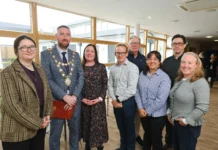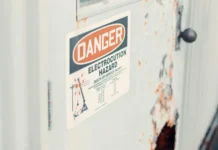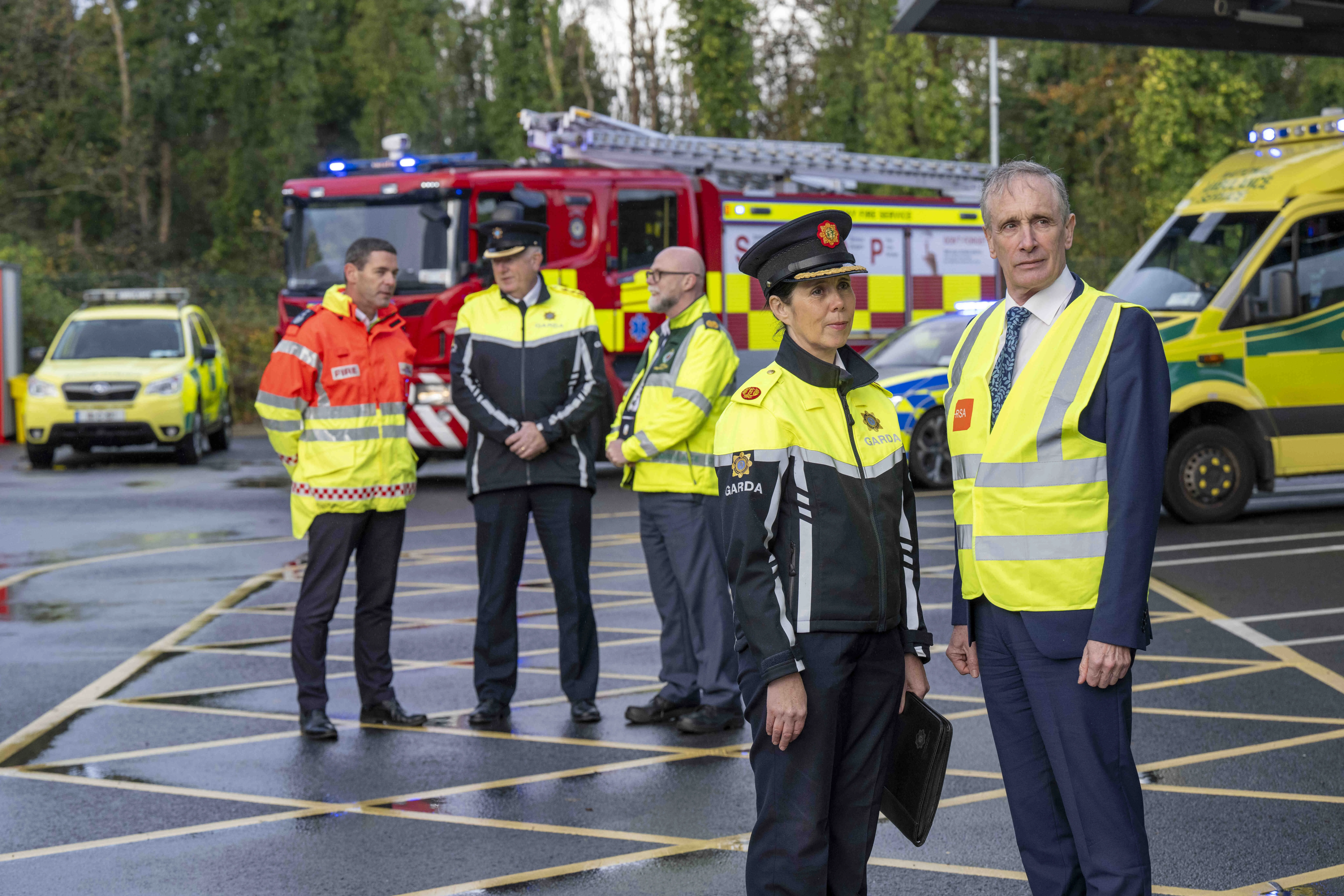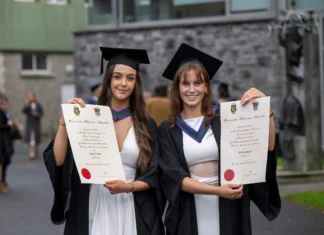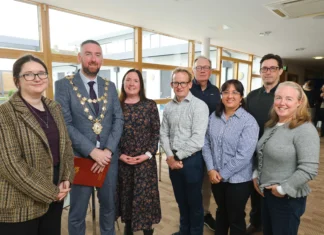How was Ireland depicted in illustrations produced by travellers from 1680 to 1860?
A new database of images drawn from travel accounts answers this question.
Based on years of research by a group of investigators at NUI Galway led by Professor Jane Conroy, Ireland Illustrated is now available to view online.
Ireland Illustrated, 1680-1860, is a database of over 500 images of Ireland – woodcuts, water colours, engravings and other illustrations – with related text, drawn from more than 50 manuscript and printed works, and highlighting several neglected or rarely accessible sources.
Many of the pictures in the database, woodcuts, water colours, engravings and other illustrations, have rarely, if ever, been seen by the public.



It provides an opportunity to examine how, in the case of Ireland, diverse representations were created in the course of two centuries.
This collection takes as a starting point the fact that the combination of word and picture in illustrated travel books has shaped how the world is seen, from the early days of printing to the era of the photograph, with the rise of the predecessors of the National Geographic, and continuing into the digital deluge of today.
The database provides user-friendly access where people can search by region, townland, historical site, theme or keyword. For instance, users could easily find depictions of cabins, or images connected with fishing or archaeological monuments.
Each image is accompanied by a full description and the context in the travel book or manuscript in which the illustration originally appeared. The records include information about the individuals who created these works and shed light on the interactions between authors, artists and publishers.
Professor Jane Conroy from the Moore Institute at NUI Galway, said: “We think Ireland Illustrated will be attractive to a wide range of users: people curious about their locality, art historians looking at a particular artist’s work, or the development of fashions and techniques in landscape art.
Historians of the book should find it an interesting case study of how illustrations became integrated into travel writing before the age of photography. Specialists of travel literature will be able to trace the different ways that travellers got involved with the realities of life in Ireland, or how they constructed in their minds a picture of the country they wanted to see.
“One of the pleasures of our work in collecting this material was finding the unexpected things that caught the attention of travellers. For example, one French traveller in the eighteenth-century, Charles Coquebert decided to record the shapes of species of seaweed and their names in Irish from a conversation with a local boy on the coast in Sligo.
“The English visitor Arthur Young drew landscapes and nature, like almost everyone else from the last decades of the eighteenth century on, but also the design of a turnip hoe and the phases of construction of an Irish cabin.
“In 1681, Thomas Dineley was most interested in castles, tombstones and towns, but he also took time to draw the mining operations at Silvermines in Co. Tipperary, and the appearance of a comet. Other travellers were more interested in people.”
Other interesting depictions of Ireland from the point of view of visual anthropology, is how people travelling to Ireland sometimes made sketches of their own, but also bought prints and sketches and pasted them into their personal albums, as did a certain Miss Hammill and a Mr. W.C. Drake.
By the mid-nineteenth century there was an industry in providing these sorts of visual mementos, as well as pictorial letterheads, the precursors of the postcard.
Users can also see the difference of locations between then and now. Many images in the collection allow the user to see lost landscapes such as Mitchelstown Castle, which is now replaced by the Dairygold Creamery, or the plantation village of Staplestown, with its mill-wheel, shop signs, and names of its tradesmen.
An important part of the visual record of Ireland can be found in illustrations made by or for travellers. Ireland Illustrated draws attention to what they express and how they fit with the written record. What images are chosen, what scenes are worth noting, the colour and emphasis given to an account or a picture, these are important choices when representing a people and their country. They often say as much about the traveller as about realities on the ground.
The presentation of these illustrated accounts encourages further exploration of general trends in the ways that people, including the Irish, thought about and imagined Ireland, and the esthetic or ideological forces at work behind the scenes. At the same time, it allows us to see and appreciate the individual viewpoints of those writers or artists who avoided the obvious comment and the sterotypical scene. The links between people, places, images and text sheds new light on interactions between individual authors, artists and publishers, and, through the examination of Ireland’s case, it foregrounds some of the processes by which travel accounts became illustrated.
Professor Daniel Carey, Director of the Moore Institute at NUI Galway, said: “This remarkable resource has resulted from years of painstaking research in libraries and archives. It will give users a new relationship to the country, through visual images produced over two centuries.”
The database will continue to be expanded as more materials are discovered and incorporated and the research team welcomes contact from users about possible inclusions. The online database is hosted by NUI Galway’s Moore Institute, and it was created by researchers and IT specialists, with the support of libraries in Ireland and abroad, in particular that of the National Library of Ireland and the James Hardiman Library at NUI Galway.


